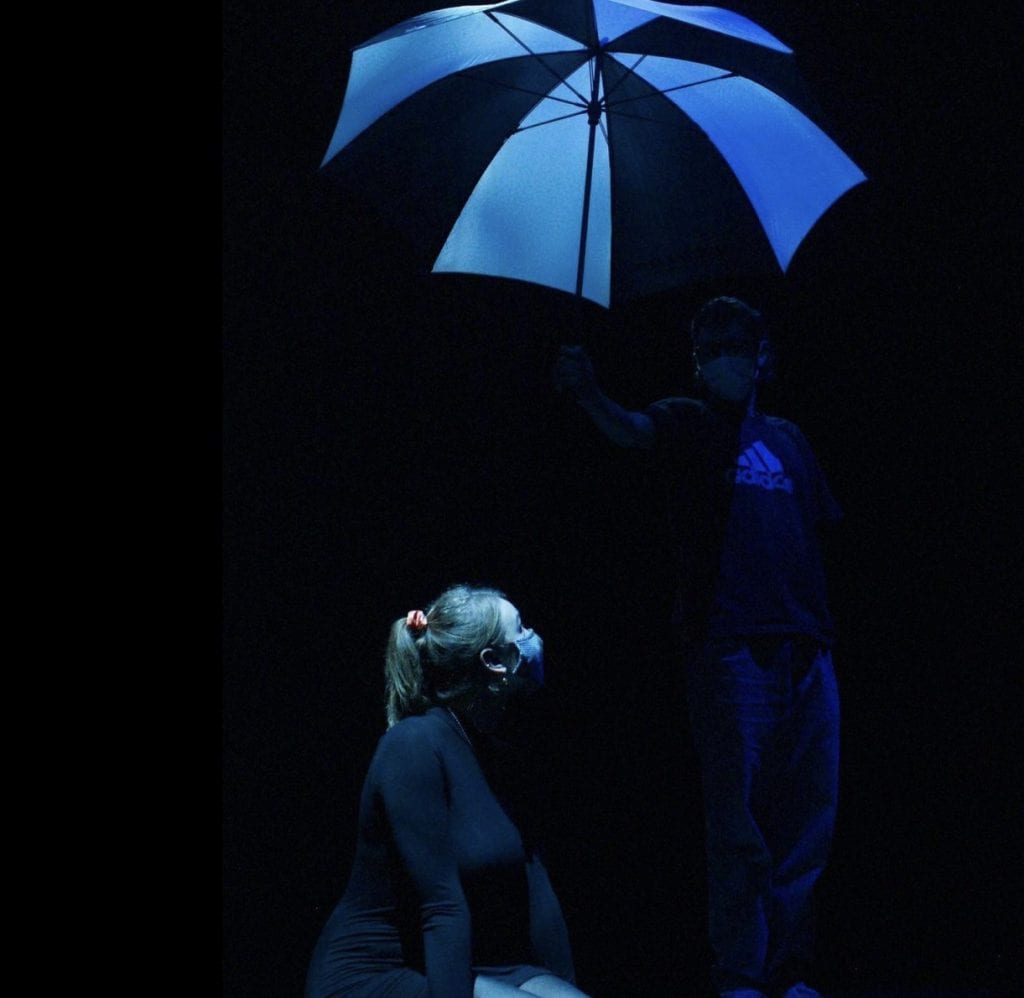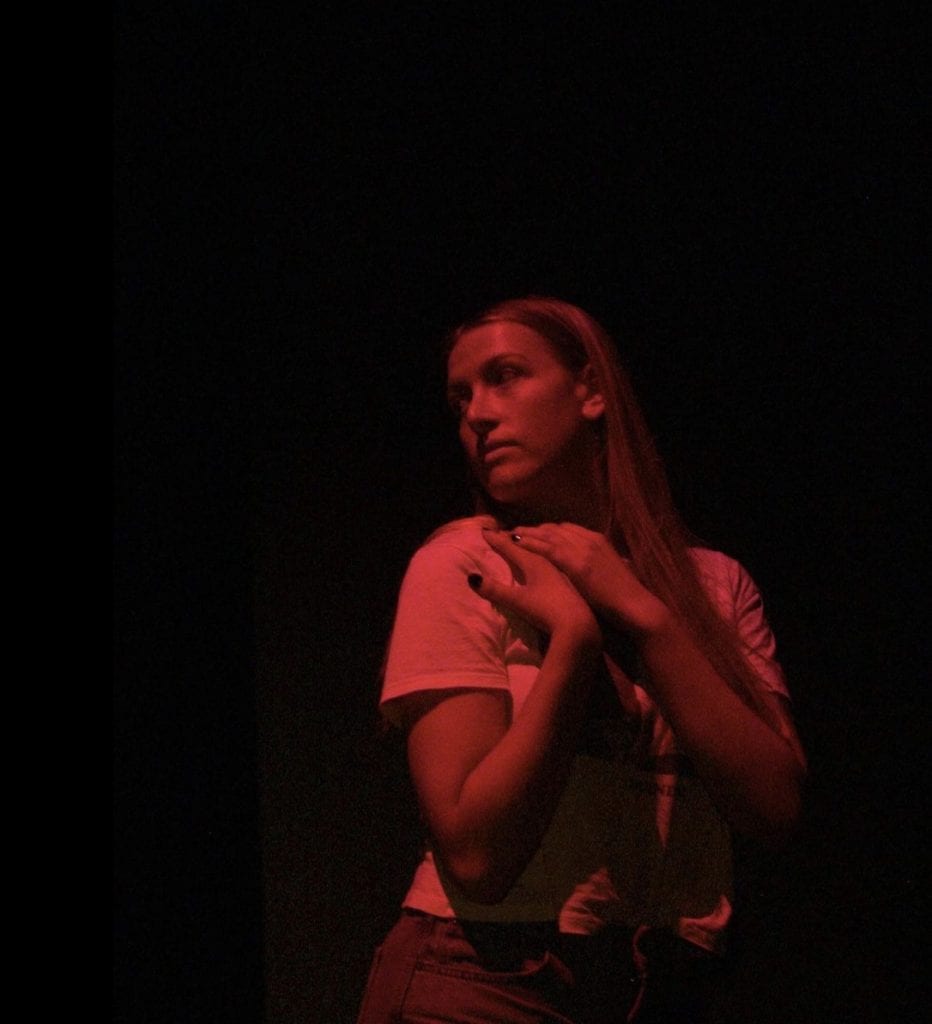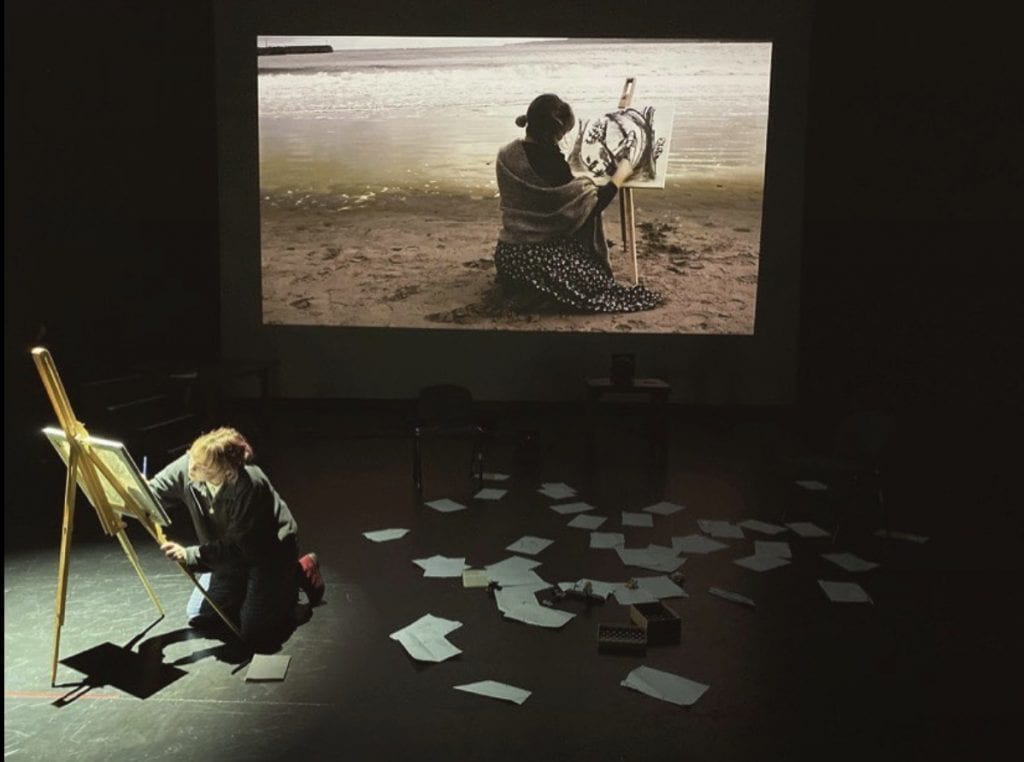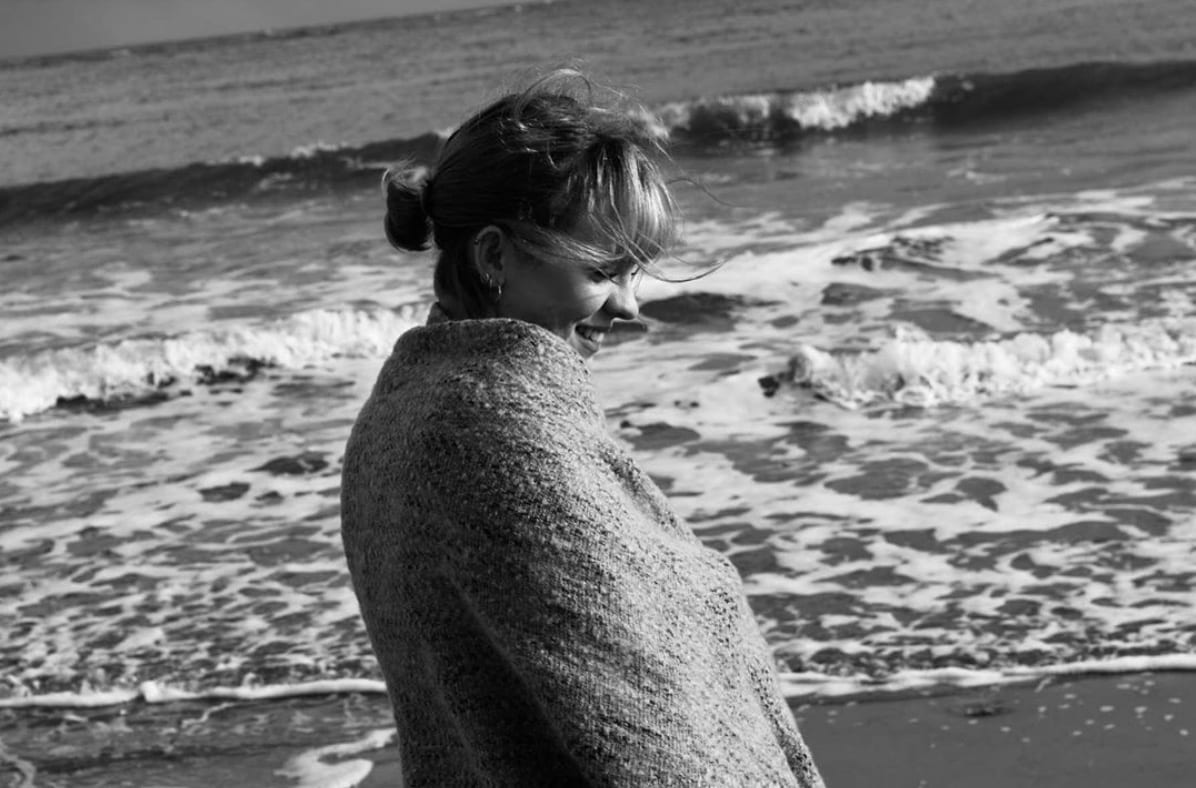This November, Gondal Theatre Company are inviting us into the life and works of Anne, the “forgotten” Brontë sister. Coinciding with the 200th anniversary of her birth, their show The Glass Bell aims to celebrate and honour Anne, as an ode to all women whose art was undervalued and ignored during their own lifetime.
The company is made up of third-year students on the BA Theatre & Performance course at the University of Leeds. Their work will be streamed online on Wednesday 18th November. Ahead of the premiere, I caught up with their marketing team, Kiera Leaper and Kennedy Eccles, as well as their publicity officer, Tom Panay.
The company first came up with the idea of exploring Anne’s life when searching for anniversaries and significant events coming up in 2020. Kiera says that Anne’s lack of fame in comparison to her sisters also played an important part: “She’s the one who no one really knows about. We thought […] audience members would be intrigued because they wouldn’t know much about her either.”

Kennedy adds: “She’s seen now as one of the first feminist writers, but back then she wasn’t seen as that, so it’s an ode to women who weren’t really recognised as being successful.” She believes that, although Charlotte and Emily are often celebrated as progressive icons, Anne’s novels were actually the most feminist. After all, while in Jane Eyre the protagonist ends up with the man who locked his wife in an attic, in Anne’s work, Agnes Grey chooses to leave her abusive husband.
Tom agrees: “It’s going to be interesting to show audiences a story which feels quite modern, despite being written 200 years ago.”
The team separated into three groups to research Anne’s works, The Tenant of Wildfell Hall and Agnes Grey, then regrouped to share their findings. Splitting up to do their research ended up influencing the structure of the performance, says Kiera: “We’ve essentially split it into three casts – one cast of Agnes Gray, one cast of Tenant, and one cast of the Brontë family themselves – and we’re going to chop and change between them.”

Tom was surprised to discover “how much of [the sisters’] lives are reflected in their writings” and says that Anne and Agnes are “parallel characters”. The show’s episodic structure will highlight the connections between the books and the sisters’ lives.
The Brontë’s lives were tainted by illness and loss; famously, their father outlived all of his children. Despite this, the company stresses that the show has a whimsical feel, and they’re focusing more on Anne’s achievements than the “doom and gloom”. Tom comments: “By interweaving with the novels with romantic stories, it helps to bring out the positive side of their lives and show that […] they had good times, and they had strong relationships.”
Kennedy says that this “strong family dynamic” was the element she was drawn to when first researching major events in the sisters’ lives. Kiera agrees: “I really wanted to focus on the relationship between the sisters, and Charlotte’s maternal feelings towards the other two, so we […] picked bits of their lives that highlight their relationship.”

Kiera was also intrigued by Gondal (the fantasy world which Anne dreamed up as a child with her siblings Emily and Branwell). Sh says that “it’s nice to see […] their creativity when they were younger, not just when they became published writers, […] to see where their ideas began”. In fact, the show’s name is a play on Glass Town, an imaginary place in Gondal, and Bell, the pen name that each of the sisters used when publishing their novels.
Splitting into three casts minimises the number of people on stage at once, enabling social distancing. COVID-19 restrictions have impacted the way the actors work in many ways, such as stopping them from sharing props or standing close to each other.
But the need to social distance has encouraged the company to come up with inventive theatrical techniques. The Glass Bell makes full use of cinematography, projecting films of rugged Yorkshire landscapes, and up-close, detailed drawings, onto the actors. The group has visited settings which were important to the Brontës for filming, such as Scarborough and the Haworth Moors. Tom says that projection “provides that added sense of atmosphere, brings the audience in, and makes it feel more immersive.”

Live music also helps to invoke the dramatic atmosphere of 1800s England. Kiera says: “We have some very very talented musicians in our group. I was blown away by some of the stuff they’ve written.”
This is definitely “a modern twist on an old story”, as Kiera describes it, and the company were inspired by the National Theatre’s 2017 adaptation of Jane Eyre; “especially the production side, with the minimalist set and the modern use of lighting, and also physical theatre”, Tom explains. Their set includes a large tree, symbolising Gondal, and an angled platform with various sections to represent different areas of the Brontë home.
Overall, we can expect that The Glass Bell will be a thoroughly modern adaptation, whilst also managing to stay true to Anne’s original novels. As Tom points out, although Anne lived 200 years ago, her story “still has so much relevance today”.
Words by Alice Hiley.
Support The Indiependent
We’re trying to raise £200 a month to help cover our operational costs. This includes our ‘Writer of the Month’ awards, where we recognise the amazing work produced by our contributor team. If you’ve enjoyed reading our site, we’d really appreciate it if you could donate to The Indiependent. Whether you can give £1 or £10, you’d be making a huge difference to our small team.
